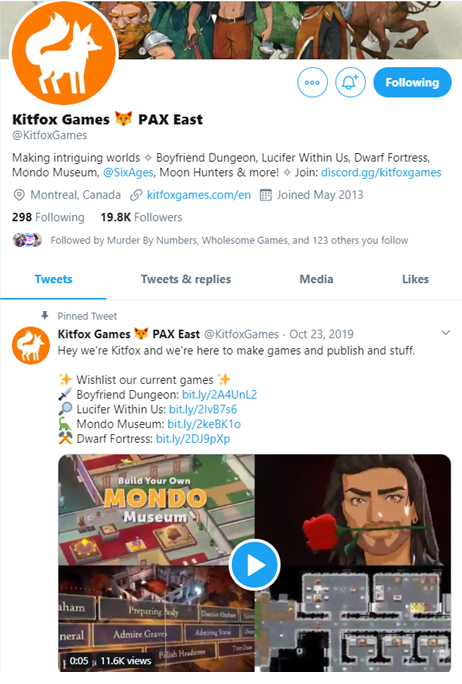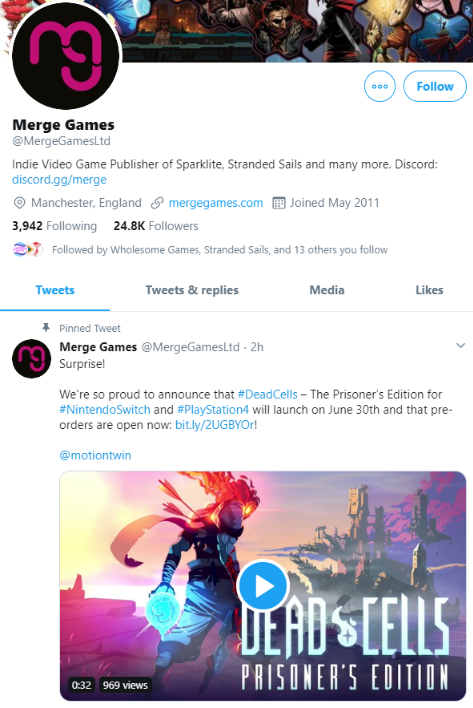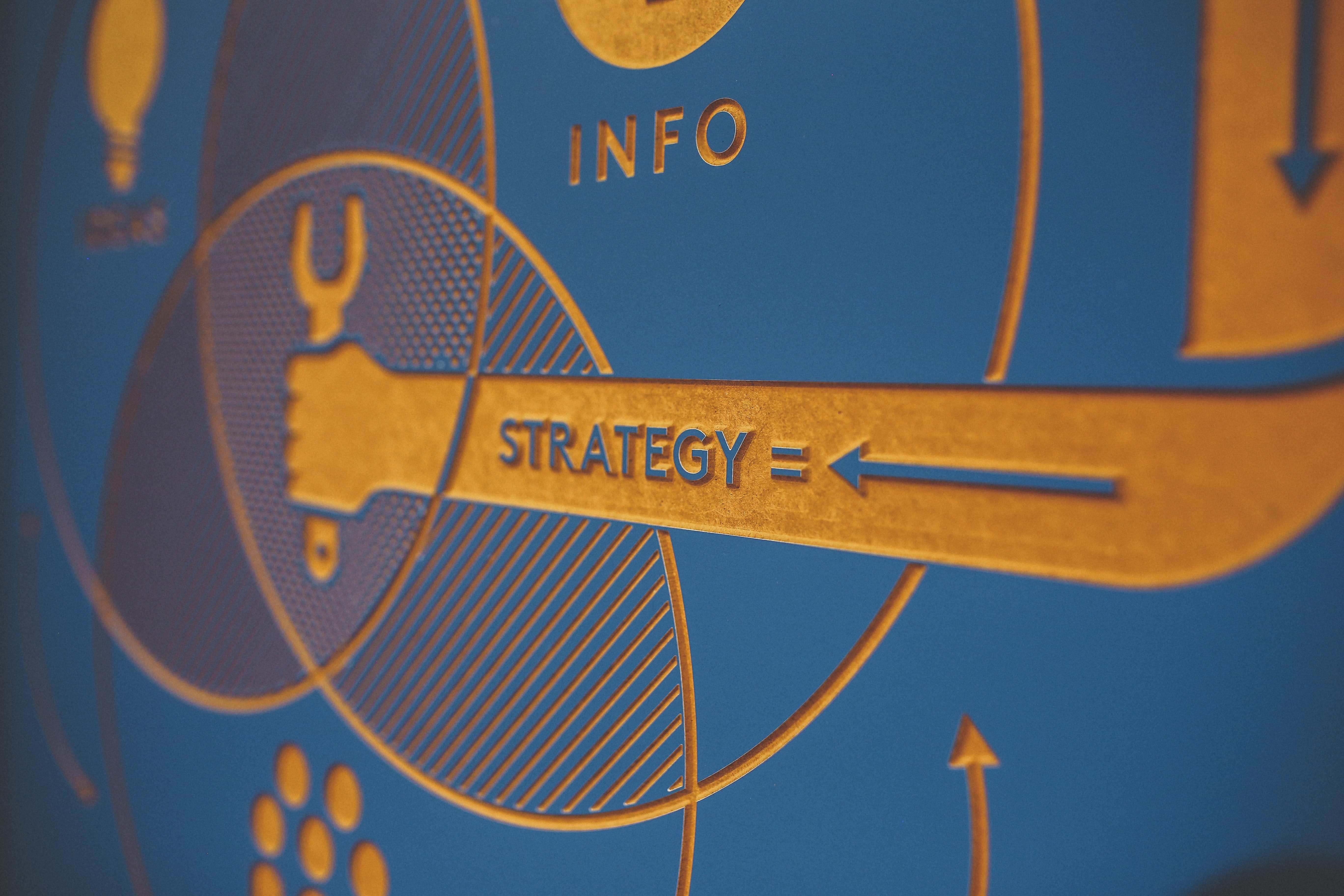Over my 3 years of doing social media in agencies, I continue to notice how much I take my formal marketing training for granted. For those who don’t know me, I graduated from a Bachelor of Commerce from the University of British Columbia back in 2014. During my years there I focused on marketing and while a lot of that information was brain dumped immediately after finals, there are a few principles that have stuck by me to this day and have helped me structure several social media campaigns.
Today I’d like to share one such theory: The Marketing Funnel.
If you’ve ever taken a marketing 101 class, you’ve probably been taught the marketing funnel.
If you haven’t been formally educated in marketing, the marketing funnel (sometimes called the “purchase funnel”) can take on a lot of forms, but the most common is something like this:
What is the Marketing Funnel?
The marketing funnel is a way to describe the different stages people go through when purchasing a product or service. The stages generally go:
- Awareness: A potential consumer becomes aware that your product or brand exists
- Consideration: The potential consumer takes in information and is considering to buy your product
- Conversion*: The consumer has bought your product
- Loyalty: The consumer thinks of your product and your brand positively, and are more likely to purchase goods from you in the future
- Advocacy: The consumer actively recommends your product to others
*Of note, conversion does not need to be a purchase per se; it could be a time commitment like getting someone to listen to your podcast, it could be getting someone to sign up for a newsletter, or it could be something else. At the end of the day, you decide what you are trying to get consumers or an audience to do, but for the ease of this blog post, I will be specifically using the example of getting people to purchase a game. These lessons or thought processes could easily be swapped out for most use cases like getting someone to watch your stream or sign up for a newsletter.
Many things can affect how quickly or slowly people move through the marketing funnel, but generally, we all go through this in some form. For example, let’s say you’re waiting in a queue at a store and then you see some Reese’s on the shelf, so you’re now aware that it’s there. You consider whether you really need candy but then notice it’s on sale. You also REALLY like Reese’s (not sponsored, other candies are available). So you purchase a couple and go on with your day. In this example, you’re likely to go through or bounce out of the funnel within a couple of minutes as it’s a low revenue purchase.
But let’s say you’re buying something more substantial, like a sofa. Here you’re much more likely to spend a few hours, or days in the consideration stage due to how much money you’re spending. In this case, your budget, functionality of the sofa, and your brand loyalty are likely to play larger factors.
It’s also important to note that not everyone that enters the funnel will convert and it’s expected that people will bounce out at each stage! Most people won’t know their actual conversion rate but when looking at website landing pages or online ads, they aim for 2-5%. This means for every 100 people who see an ad, 2 to 5 people buy the product.
With this in mind, it’s all about getting the most people into the funnel in hopes that they convert, but there are ways you can increase how many people buy your product.
How Does Social Media Fit In?
For games, people can move from awareness to conversion anywhere from a couple of minutes to several months, and your social media is just one part of the marketing puzzle.
People may become aware of your game through a convention or a friend, and then turn to social media when they’re considering purchasing it. Or they may have already purchased your game and are using social media to advocate for your game, or can be moved into the loyalty stage if you address concerns they have.
So, let’s break down how you can use social media to address each stage of the marketing funnel.
Awareness
Let’s be frank here. Most people aren’t using social media to actively go out and discover games.
That is to say, the majority of consumers aren’t searching #indiegames and the majority of followers you get aren’t going to just fall on your lap because you used a certain keyword like “rogue-lite”.
The majority of your followers are going to discover your game or studio because a post of yours was shared on their feed by someone they’re following, or they could’ve seen you at a convention and have pulled up your feed to see what you’re about, or through non-organic ways like paid ads and boosted posts. This is when partnerships with other studios are important, incentivizing following you at events, and regular PR is important to get the ball rolling.
No matter how or when people discover you, make sure to have an updated bio and pinned post! This allows folks to quickly assess what you’re about and if you’re relevant to them.
Some advice on your bio and pinned post:
- What is in your bio will depend on your studio, but generally it should have a list of the games you’re currently working on, and any prominent previous titles.
- Have a relevant link in your bio, preferably to a website with more information about your game/studio, but if you’re only on one platform (such as Steam), you could take them directly to the store page for a more direct path to conversion (wishlists/purchases)
- Your pinned post should have a catchy video or GIF that best features what is unique about your game. If you’re using a trailer, try to avoid using a studio splash at the beginning of the video as you have 7 seconds to grab someone’s attention, so use the most of the start!
- Your pinned post should have any additional information about your game that couldn’t fit in your bio. Things like the announced platforms, announced launch date/timeframe, and the most current call-to-action (CTA), such as “Buy now!”, “Wishlist on Steam”, or “Visit us at PAX”. Make sure to include a relevant link for the CTA!
Excellent examples from Kitfox Games and Merge Games:


Consideration
This is where you convince people that your game is THE game for them. Show what’s unique about your game and keep them captivated with interesting content to keep you top of mind leading up to your launch. These can include social posts, being active on Discord, email newsletters, blogs, forums and so much more. The more ways you can meaningfully engage people, the better, and the more likely they are to convert. The last thing you want is for people to forget that you exist before you can even sell them your game!
Keep in mind that your game will not be for everyone, so make sure you decide early on which people you are catering to, and make sure your campaigns target those people. This can be reflected through your content (text and visuals) as well as your tone.
When making content for social media, keep in mind that videos and GIFs tend to do better than static images. We live in an age where we are overwhelmed with content, and moving things tend to stand out and grab our attention more than something static. As with the pinned post, if you’re going to be posting videos, keep in mind you have 6 seconds to grab someone’s attention, and on most social channels you’ll want to keep things under a minute (with exceptions being places like YouTube or Twitch, where people are expecting longer-form content). For things considerably longer than 2 minutes, you’ll want to chop the most engaging highlight into a clip you can post to Twitter, Facebook and/or Instagram and then link to the full video.
Another tip is to not be afraid to reuse content! Chop up trailers to make fun GIFs, reuse GIFs or screenshots to fit in with the latest meme going around, or retweet people who are making content about your game. There are so many ways to keep things fresh with relatively little effort. With that said, there’s a fine line between quantity and quality. Post often enough to stay relevant, but make sure it’s with content that doesn’t read like forced spam. Have meaning behind every post, show a new feature, share a story, reveal new character information, whatever it is, just make sure the post has a purpose.
Conversion
Every now and then you’ll want people to actually… y’know, do something with your game!
Make sure you have a call-to-action (CTA) on important posts, such as trailer drops or important announcements. Your CTA could be to wishlist your game, purchase your game, subscribe to a newsletter, watch a video, join your Discord, or something else you deem important, but make sure you tell people what you want them to do. There’s a reason YouTubers say to “Like and Subscribe”, and it’s because there are studies that say asking someone to do something makes them much more likely to do it.
The most effective CTAs will be paired with content that will explain why people should do what you’re asking. Asking them to buy the game? Make sure to pair it with an asset and text that shows why your game is unique. Want people to join your Discord? Let them know you’re doing dev Q&As or get early access to things. A straight CTA in isolation is rarely effective.
When building your overall content plan, you’ll want to avoid having a CTA on EVERYTHING. A super basic rule that’s been shared is the 80:20 rule, that is to say for every 10 posts, 2 should have some sort of call to action, and 8 shouldn’t. This is an extremely overarching concept though, and you’ll want to consider where you are in your journey too. Towards a major launch, for example, you’ll probably want to be using a lot more CTAs than one year to a month out where you may only do one a week.
Loyalty & Advocacy
Building loyalty and advocacy can be pretty similar on social media. You can do this by interacting with people who have purchased your product in a positive manner. Answer questions from folks, address concerns and feedback that they may have. For your extra engaged fans, thank them for suggesting your game to others, submitting fan art, cosplay, or other fan submissions. If you can, try to find a way to celebrate such contributions on your channels. A popular method of sharing community creations is #FanFridays where studios spend some time on Fridays to share posts on their feed but you may want to sprinkle them throughout the week.
Also, make sure to uproot major sources of toxicity on your channels. There is a line between discontent and being straight-up abusive. Folks won’t want to comment on your posts if you have someone who is consistently berating them on every post. Even if you lose one consumer, you could free up 10-100 louder and positive voices! Everyone has different methods of dealing with toxic behaviour, but make sure to establish clear guidelines on what is acceptable for your community and clearly communicate this with them.
Conclusion
It’s important to note that not all your consumers will arrive at each stage of the marketing funnel at the same time, but generally, you would like the largest quantity of folks to move to conversion around launch, and get as many people into the loyalty and advocacy stage after the game has come out.
An example of how I apply this to my social media plans would be:
- 6 months before launch: Focus on awareness by sharing cool GIFs and writing text describing the key game hooks. Conversion asks will be pretty low here, as I would focus on growing a following.
- 2-1 weeks to launch: Focus on conversions with more CTAs and summarizing the strongest game hooks that have resonated with the community
- Post-launch: Concentrate on the people who have bought the game and finding ways to amplify their voices and excitement, as they will spread the word for me.
Most of all, have fun with social media! When you’re having fun with it and it’s not a chore, it will show in your content and will resonate with people. Try new things, track how it does, and continuously learn!
If social media just isn’t interesting to you or your team needs some support, we can help with that.


